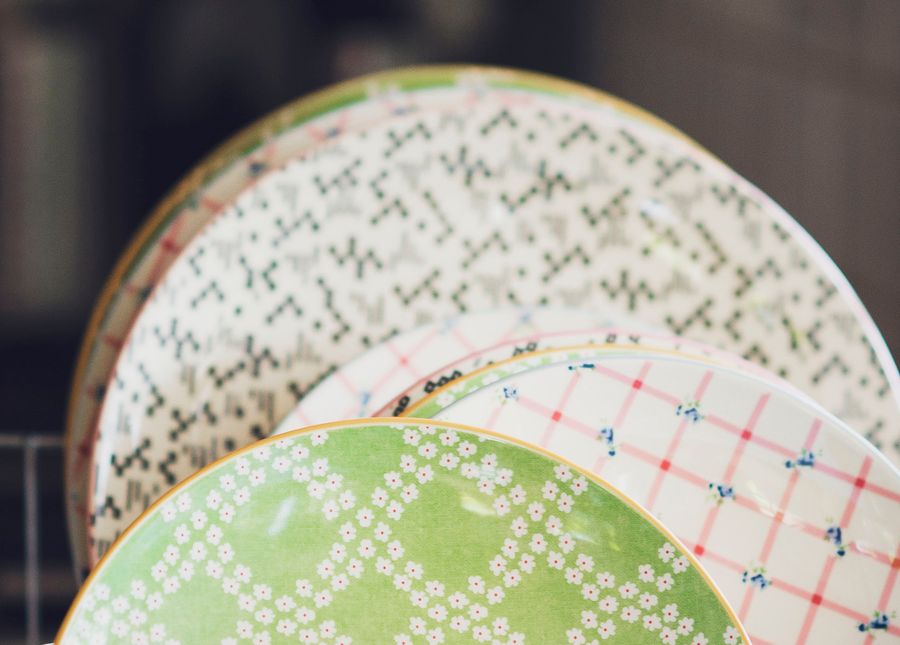There are many ways to create a dementia-friendly home, but before you get started, remember to involve your loved one or patient as much as possible.
Explain to them the changes you will make and why – for example, that you’re clearing clutter so they can now sit on that comfy chair instead of using it as storage space, or that you’re organising the pantry so they can more easily find items.
Creating a dementia-friendly home
You’re not just embarking on a clean-out, so try to think from the perspective of someone with dementia. Mirrors for instance can be frightening for them, and loose electrical cords or old appliances can be hazardous. On the other hand, familiar items such as family photos or sentimental clothes, blankets or toys can bring much comfort.
If you’re removing old appliances, try to find a similar (but safer) match – you don’t want to replace their old toaster with a fancy grill as this can confuse them, so buy a new toaster in the same style.
Install handrails and water thermostats in the bathroom, sensor lights in the toilet and bathroom, and be aware of tripping hazards. It can be easy to miss things, so check out this comprehensive list from Dementia Australia to help you be thorough.
Add textured items into the environment, such as chunky blankets, soft pillows and a plush rug for tactile stimulation. While bright colours can help differentiate spaces (such as what is the wall and what’s the floor), they can be distracting at mealtime, so replace patterned plates and bowls with white.
Organisational systems
A calendar will record upcoming appointments so keep one in a frequently visited part of the home (such as the kitchen or by the phone). You might also want to keep a magnetic message board on the fridge with notes such as what medications are needed and when, and reminders of regular tasks such as putting the bins out.
In the pantry and fridge, use clear containers and labels to make it easier to see what is stored where. You can reduce confusion from getting dressed by arranging clothes more visibly on a clothes rack, or clear a section of the wardrobe for daily home clothes.
While you don’t want to do such a huge declutter that sentimental items are given away, it’s important to pair back any clutter as this will make it easier to find things and make the home safer.
Looking outside the home
If the home also has a garden, you will also need to check out this space and see how you can improve safety. Remove any tripping hazards and ensure there’s a clear path they can navigate around the garden.
Gardening can bring joy and relaxation, so you want this space to be inviting. Add a bench and a table if there isn’t one already, and you can also create a little herb patch or plant flowers. Choosing plants or herbs that will bring happy memories is another great way of sparking reminiscence for the person with dementia.




